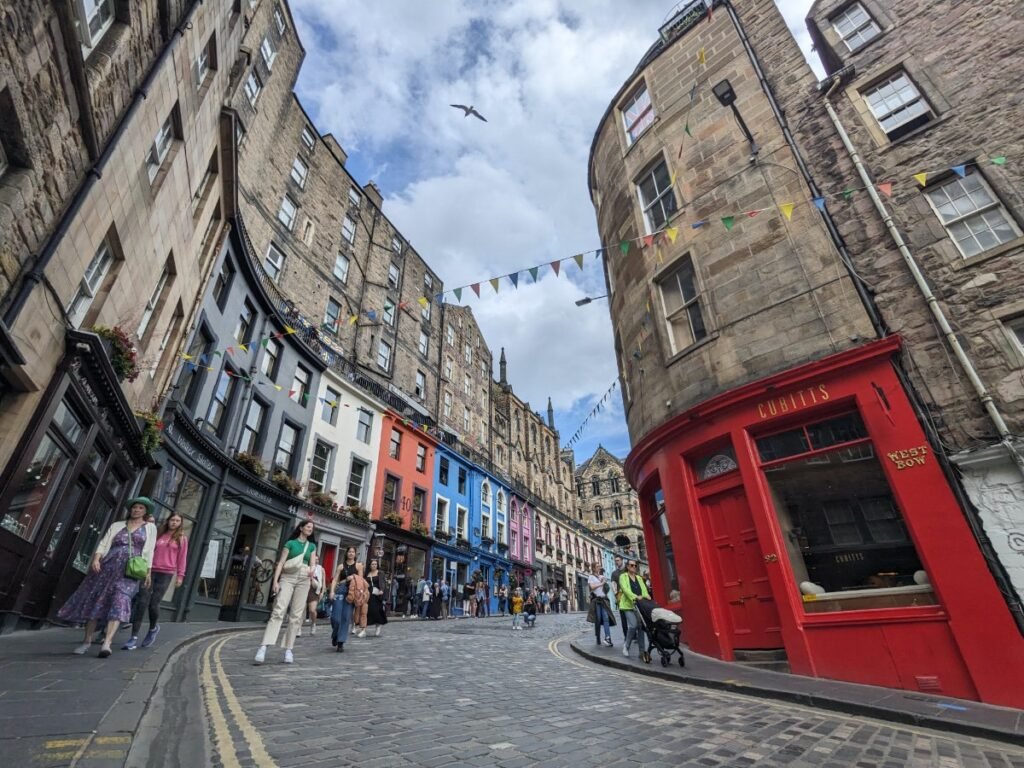8th September 1736
John Porteous isn’t executed as he’s already dead
John Porteous was an Edinburgh Town Guard captain. He commanded a troop of soldiers which, in April 1736, was called on to quell a mob. The mob was protesting at the execution of two smugglers, who were being hanged in the Grassmarket, and Porteous, hoping to warn them off, instructed his men to fire over their heads.

If they’d been protesting outside the city, this might have had the desired effect but, in a built-up area, it was a mistake. The shots struck people in the neighbouring buildings, which only served to enrage the mob still further. Rather than retreat, Porteous now told his men to turn their weapons directly on the mob, several of whom were killed.
Pebbles answered with bullets
The Ipswich Journal of 24 April 1736 reported that “when a few idle Boys, or rather Children, began to throw some Pebbles, or Garbage at [the executioner], as is (very foolishly) practised at all Executions; which was so highly resented by Captain Porteous, who commanded the City Guard, that, without the least Authority from the Magistrates, or offering to read the Proclamation, as is directed, the Guard, at his Precept and Example, fired sharp Shots among the Crowd, whereby about 20 Persons were killed or wounded.”
Magistrates ordered that the wounded be treated and the dead buried at the city’s expense, and that Porteous be arrested and held in prison until a court should decide whether to release him. The Caledonian Mercury of 15 April 1736 described how “he was accordingly carried to Prison by his own Guard, without which the Mob [would have] unquestionably finished him, so exasperated were they on seeing their innocent Fellow Citizens wallowing in their Blood, and that the same should have been shed by those nurs’d up in our own Bosom.”
Porteous on trial
Porteous was charged with their murder. He was tried, found guilty by a majority verdict and sentenced to be hanged. The date of his execution was set to be 8 September 1736. However, Porteous had friends in high places. Robert Walpole, who was effectively Britain’s first Prime Minister, even though he never held that title, intervened, and the execution was put on hold.
This was, again, a mistake. Many in Edinburgh felt that Porteous’ sentence was just, and they weren’t prepared to see him escape the noose. The night before he should have been executed, several thousand people converged on Tolbooth, where he was being held.
Mob justice
“After attempting in vain to break the [prison] Door with Hammers and set it on Fire,” reported the Newcastle Courant of 18 September, “but (which was pretty surprising in a Mob) provided Water to keep the Flame within its due Bounds: After having thus forc’d open the Outer-door, they with terrible Menaces obliged the Keeper to open the Inner-door; and having got in, call’d aloud for Porteus in an outrageous Manner, and with the most opprobrious Language, who having come to them, and asked what they were to do with him; they told him they were going to take him to the Place where he had shed so much innocent Blood, and there to hang him for his Crimes.”
They dragged him to Grassmarket, where they set up a pole and a rope and hung him. It was a long, painful death, during which he was strung up, then taken down, stripped and strung up again, beaten, and had several bones broken. Once he had died, wrote the Derby Mercury of 16 September, they “carried and expos’d his Corpse at the Market Cross, and then dispersed without doing further Mischief.”
Other events that occured in September
FREE Scotland history newsletter
Don't miss our weekly update on Scotland's fascinating history. We promise never to sell your data to anyone else, and there's a super-easy unsubscribe link on the bottom of each email so you can leave whenever you want.
